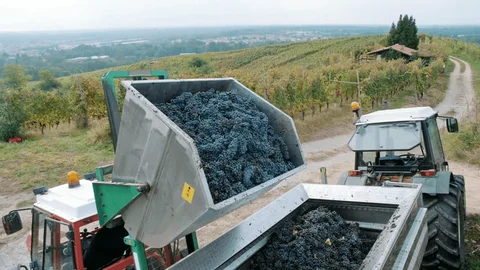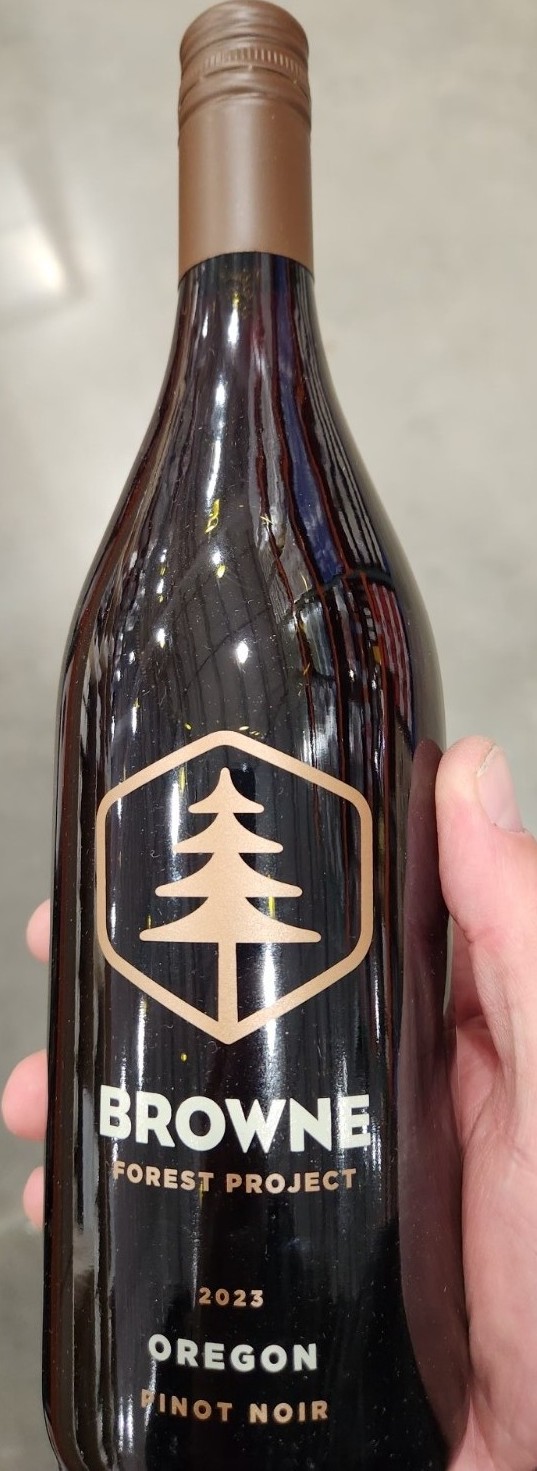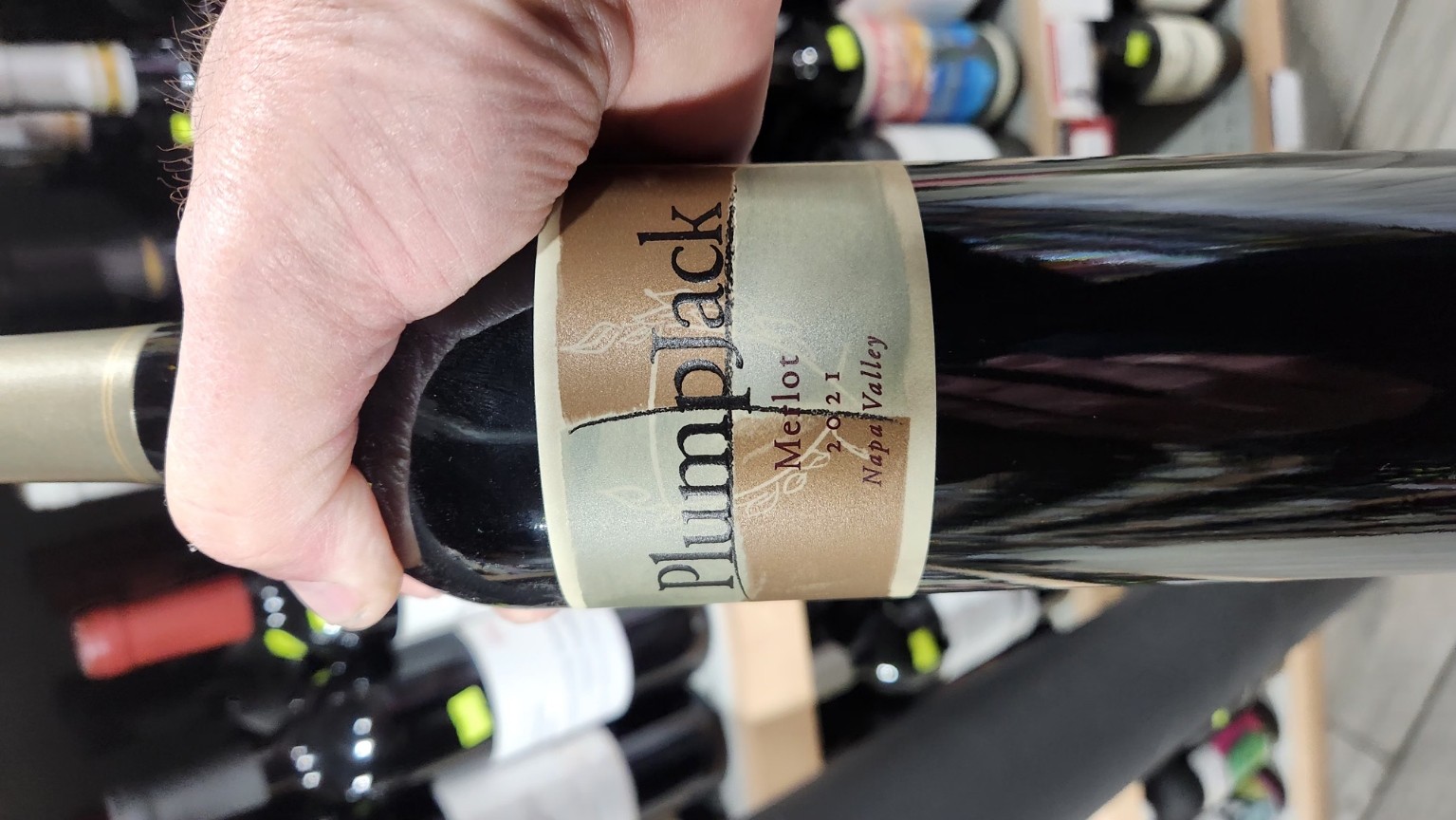I’ve walked vineyards like Brandon’s. The soil is rich, the air hums with bees, and each row tells a story of faith and patience. But there’s a quiet fear that lurks behind every beautiful bunch: what if it’s not enough?
In the wine world, “Brix” measures the sugar level in grapes—the foundation of alcohol content and flavor depth. The higher the number, the richer the potential wine. It’s the ruler we use to judge ripeness. Brandon’s grapes came in at 23.9 instead of 24. By human standards, that’s a rounding error. By contract standards, it’s a catastrophe.
Here’s where it gets tougher. While local farmers like Brandon are being held to razor-thin specs, many of the big wineries buying from them are also importing millions of gallons of cheaper foreign wine to blend or bottle. It’s a double bind—domestic growers are expected to deliver perfection, yet compete with low-cost imports that have looser quality demands and lower labor costs.
Stuart Spencer from the Lodi Winegrape Commission said it plainly: “They’re at the total mercy of these large companies.” He’s right. When a grower relies on one or two big buyers, that stability can turn into dependency. The buyer dictates harvest timing, brix levels, and delivery schedules. If anything falls short, even by a fraction, the farmer eats the loss. No appeal. No second chance.
It reminds me of running a hedge fund years ago—same principle, different stakes. Overexposure to one client or one market always comes back to bite you. Diversification wasn’t just a strategy then; it was survival. And it still is, whether you’re growing grapes or growing wealth.
Climate volatility adds another layer to this mess. California farmers aren’t just fighting droughts anymore—they’re wrestling with subtle shifts in humidity and temperature that can alter ripeness by a fraction of a point. A cooler week here, a cloudier morning there—and suddenly your sugar levels fall short of contract. One decimal point. One year lost.
The USDA reports farm income dropped 23% in 2024, while fertilizer and fuel prices jumped over 30%. That means even before the grapes hit the press, the margins were razor thin. Most farmers get one paycheck a year. There’s no Plan B when that paycheck evaporates in a single truckload of spoiled fruit.
And yet, amid all this loss, Brandon said something that stuck with me: “Lodi has given me so much and I want to give back.” That’s resilience—the kind you can’t fake or ferment. It’s the same stubborn hope that drives small farmers across America to plant again after a bad year.
But his story isn’t just about farming. It’s about all of us.
- Don’t rely on a single customer—or a single paycheck. Whether you’re a freelancer, a business owner, or a farmer, spreading your risk matters.
- Protect yourself. Farmers have crop insurance. The rest of us have income or business insurance. Use it.
- Think about the climate premium. Investors and consumers alike need to understand that weather risk isn’t abstract—it’s baked into every bottle and every balance sheet.
- And finally, buy local when you can. When you see a bottle labeled Lodi Appellation or California Estate Grown, remember that it supports people like Brandon who are fighting to keep American vineyards alive.
The thing is, wine isn’t just a drink—it’s a reflection of effort, environment, and economics all wrapped in glass. Sometimes it’s smooth and balanced. Sometimes it’s bitter. But every bottle tells the truth of its maker.










